All products featured are independently chosen by us. However, SoundGuys may receive a commission on orders placed through its retail links. See our ethics statement.
Eco-friendly earbuds are here, but is the industry ready to listen?
Published onJune 26, 2024
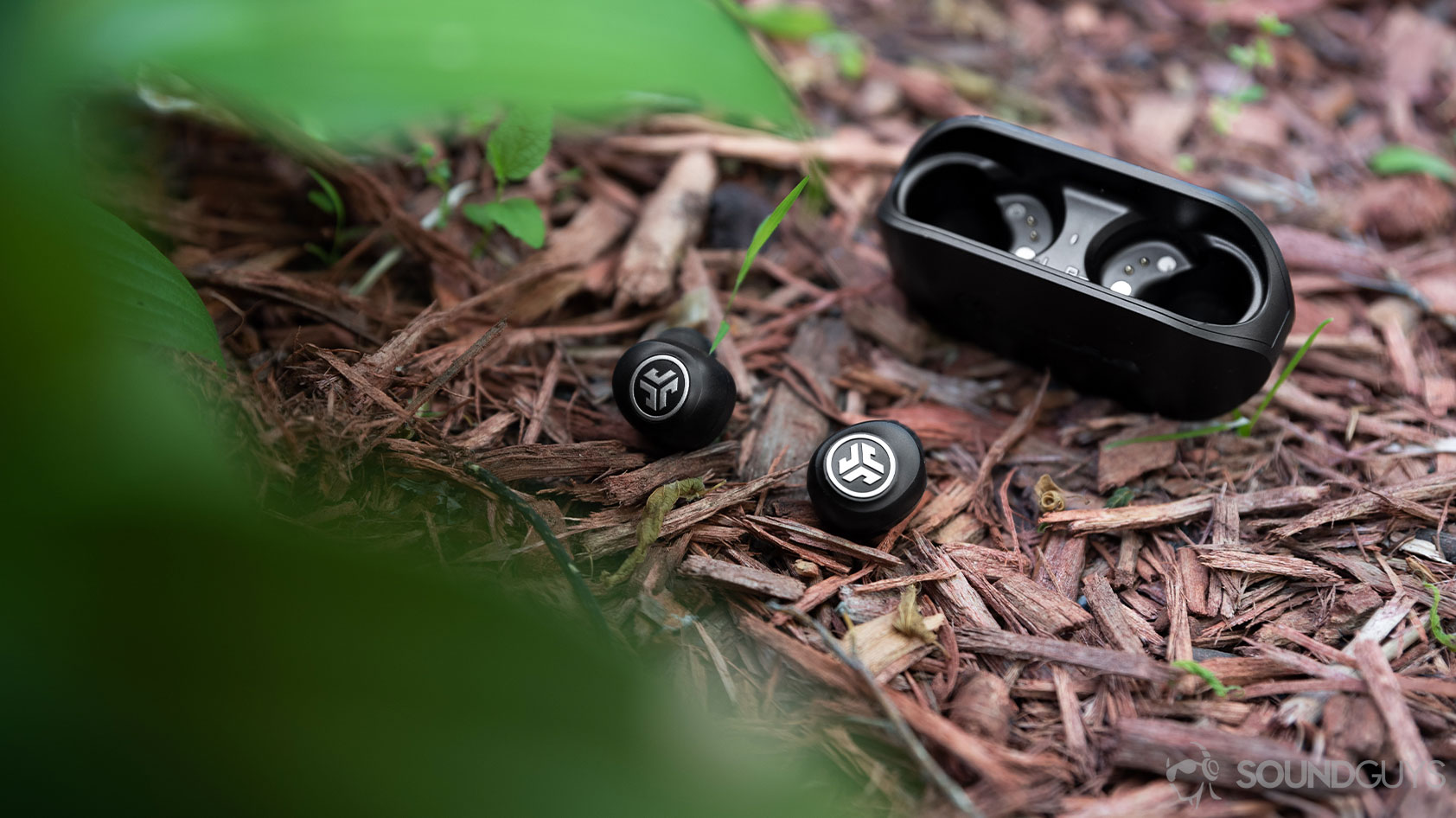
Wireless earbuds have taken the world by storm, giving listeners the convenience and freedom to take their music anywhere. However, a growing environmental threat lies beneath the sleek, cordless designs and impressive features: e-waste. As the demand for these devices continues to soar, it’s crucial to examine the impact of their short lifespans and explore some recent eco-friendly alternatives that offer new models to help mitigate the problem.
The true wireless earbud market has seen tremendous growth and advancement over the past decade, with an astounding 83 million units sold in the fourth quarter of 2023 alone. This figure is just the tip of the iceberg, as the market shows no signs of slowing down. Grand View Research predicts that the market will experience explosive growth in the coming years, with revenue projected to surpass $563 billion and demand soaring to an incredible 4.5 billion units by 2030.
This is a disaster that could easily be avoided if earbud manufacturers put in just a little more effort or cared enough about their products to make them last.
Why wireless earbuds are bad for our planet
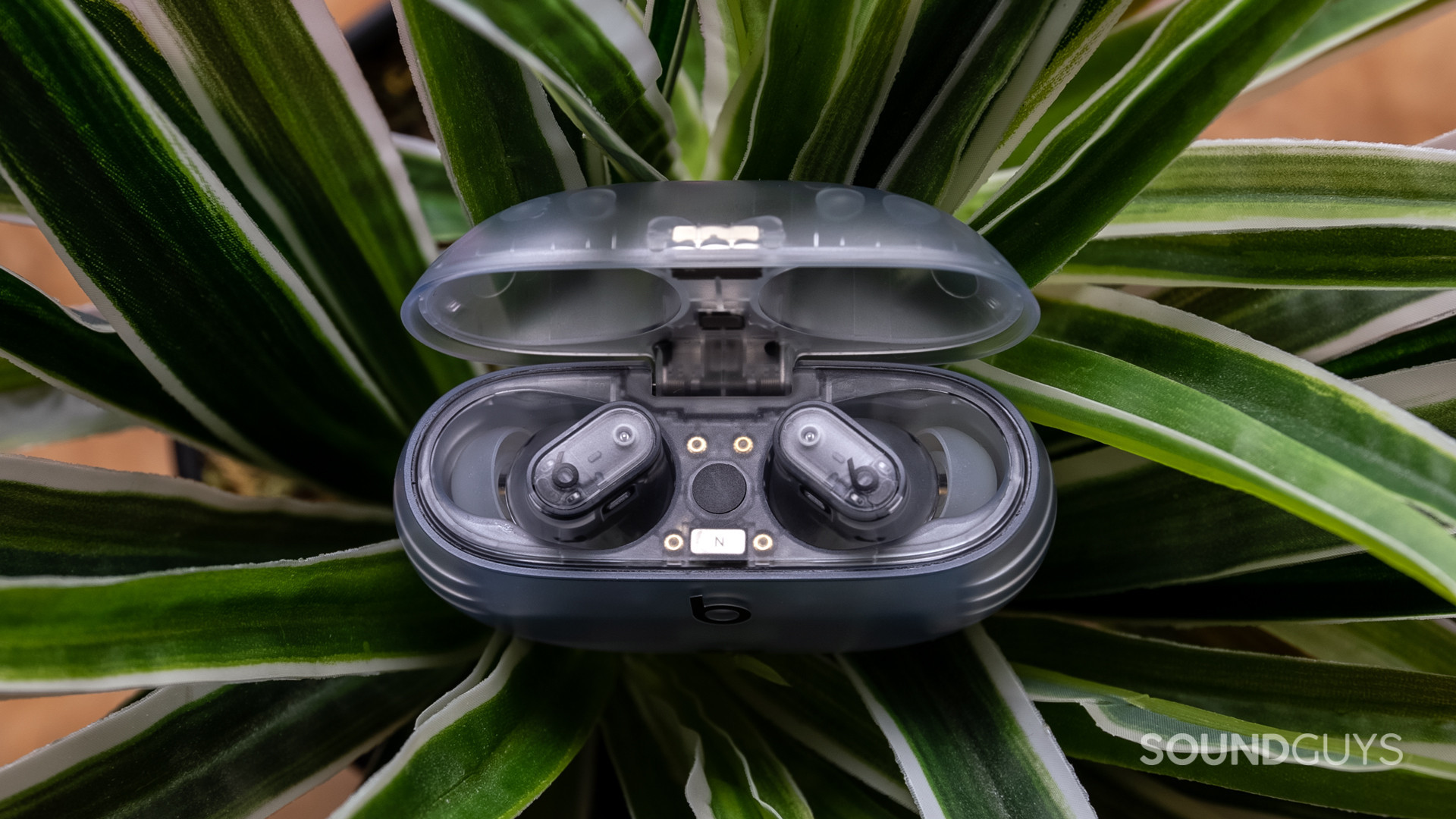
The rapid adoption of true wireless earbuds, coupled with their limited lifespan due to non-replaceable batteries and the use of non-recyclable materials, has created a perfect storm for an e-waste crisis. The environmental and health consequences of e-waste from these dives are also alarming. When improperly disposed of, these devices can leak toxic chemicals into soil and water sources, contaminating ecosystems and endangering human health.
Non-replaceable batteries and mixed materials make wireless earbuds an e-waste nightmare.
Popular models like Apple’s AirPods typically have a limited lifespan due to battery degradation, contributing significantly to the e-waste problem. Lithium-ion batteries, commonly used in these devices, degrade over time with repeated charging cycles. As the battery capacity diminishes, the earbuds offer shorter and shorter listening times until they become unusable.
Moreover, the compact design of true wireless earbuds makes it difficult, if possible, to repair or replace the batteries. Many manufacturers use proprietary designs and non-standard components, further complicating the repair process. As a result, when the batteries die, users are often left with no choice but to dispose of the entire device and purchase a new pair.
Wireless earbuds can be better
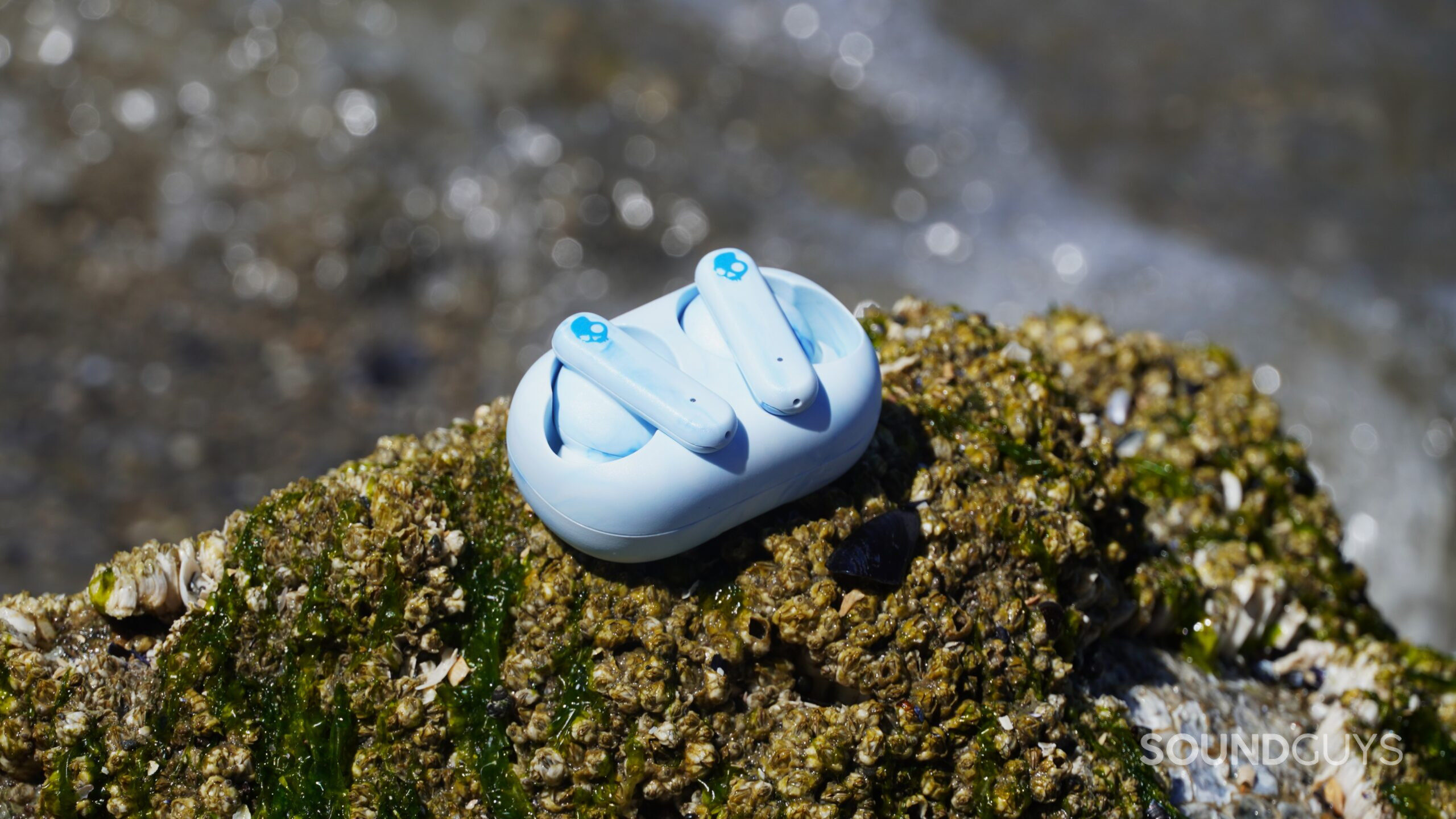
To address the growing pollution problem, we need sustainable headphones and earbuds. These devices should feature replaceable batteries, recyclable materials, and modular designs that allow easy repair and upgrade. We’ve recently seen a few examples proving that wireless earbuds can be designed sustainably without compromising performance.
Sustainable earbuds need replaceable parts, recyclable materials, and modular designs.
Skullcandy, a well-known audio brand, has taken a step towards sustainability with its EcoBuds. These earbuds are made with 65% recycled plastics, demonstrating the company’s commitment to reducing its environmental impact. According to Skullcandy, this eco-friendly design results in the EcoBuds having half the carbon footprint of comparable products. While Skullcandy has taken a notable step with its EcoBuds, they’re not alone in incorporating recycled materials. Sony, a major player in the audio industry, has also begun using recycled plastics in some of its headphone models.
However, One notable feature of the EcoBuds is the lack of a battery in the charging dock. While this decision has drawbacks, such as reliance on an external power source via a short USB-C cable, it also potentially has an unlimited lifespan. While the Skullcandy EcoBuds are not perfect, with limitations such as the lack of a charging dock lid and subpar microphone performance in noisy environments, they demonstrate that even well-established audio brands can make strides toward sustainability.
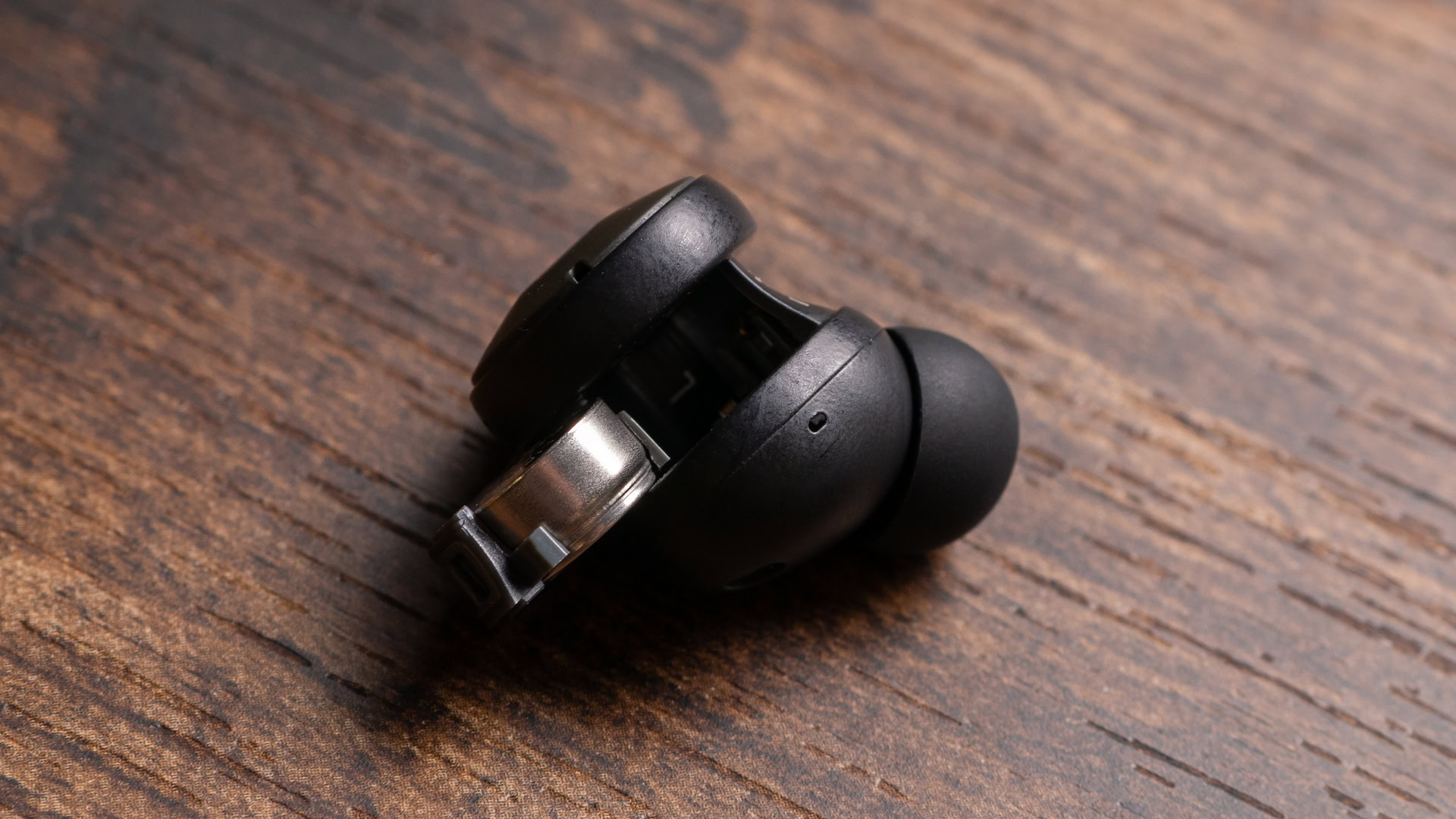
Fairphone, a company less known worldwide but popular in its hometown of Amsterdam, has also made its first sustainable wireless earbuds. Having previously gained attention for their phones that utilize replaceable parts, they put the same philosophy into practice with a new line of repairable audio products. Fairphone offers seven easily replaceable parts, including the batteries in both earbuds and the charging case. So, if a battery dies, your earbuds aren’t useless anymore but can be quickly revived by swapping out a new one.
Fairphone's repairable earbuds show that sustainability and modern features can coexist.
Despite their focus on repairability and sustainability, the Fairbuds don’t skimp on features. They offer active noise cancelation, microphones with environmental noise canceling for calls, dual-point connectivity, and an IP54 rating for water and dust resistance. However, one of the downsides worth noting that has come up in our ongoing review of the Fairbuds is the sound quality. Still, Fairphone has demonstrated that designing earbuds with sustainability in mind is possible. That leaves other companies, who have already proven their expertise in sound quality, without many excuses for not adopting similar eco-friendly designs—except, perhaps, the potential impact on their profit margins.
It’s worth noting that the concept of replaceable batteries and sustainable design isn’t new to personal audio devices. A decade ago, many headphones used standard AA batteries and phones commonly featured user-replaceable batteries. Even today, hearing aids continue to use replaceable batteries. These examples demonstrate that sustainable design in small audio devices is not only possible but has already been successfully implemented.
What can we do about it?
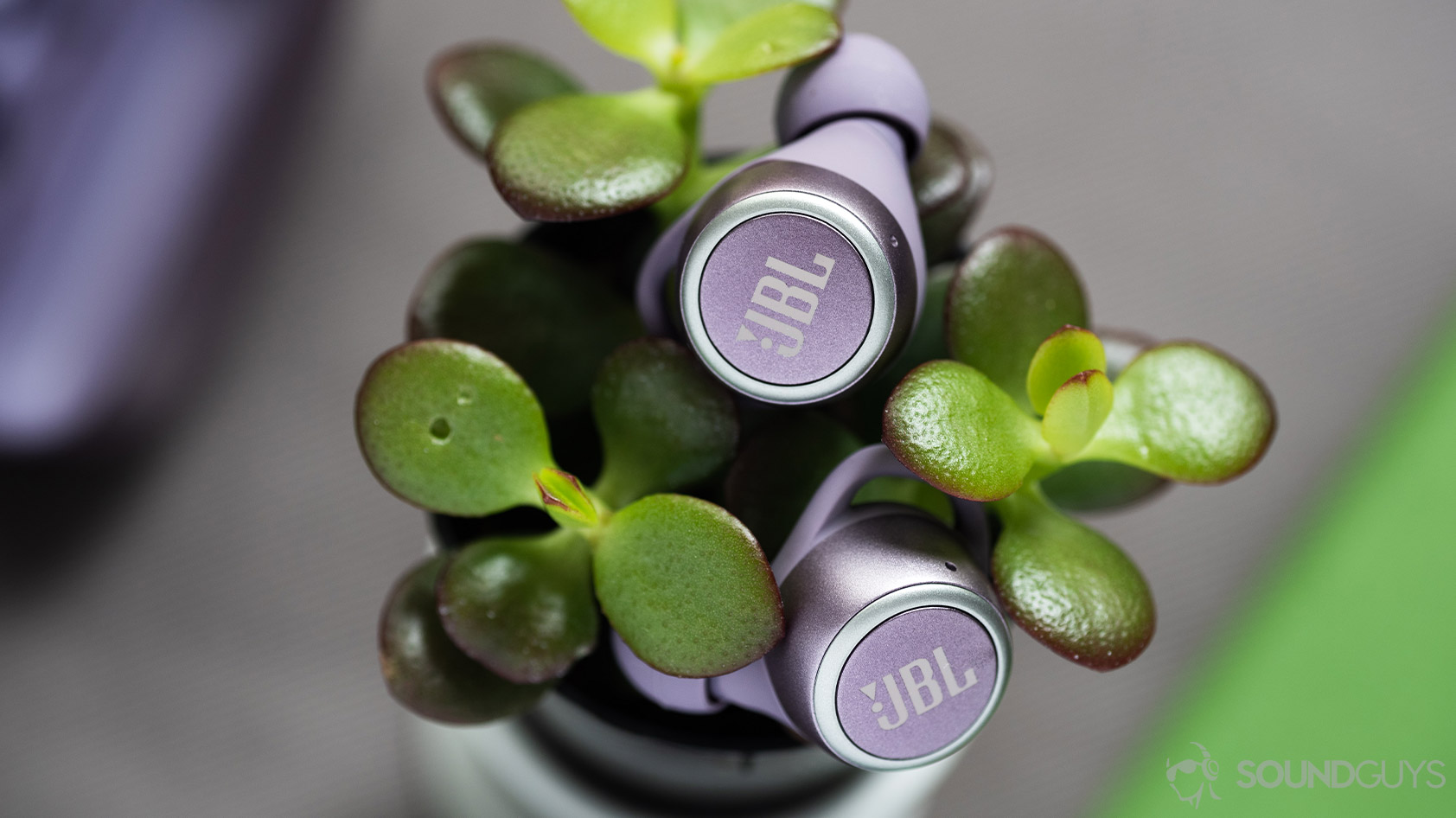
Currently, consumers face limited options when it comes to sustainable wireless earbuds. While some smaller companies like Fairphone and Skullcandy are making strides, market leaders like Apple, Bose, and Sennheiser have yet to fully embrace sustainability. This scarcity of choices, especially from major brands, makes it challenging for eco-conscious consumers to effectively vote with their wallets. But, the current situation presents a golden opportunity for innovative companies to challenge the status quo. A brand that can combine the audio quality and features of top-tier earbuds with genuine sustainability could potentially disrupt the market.
The technology for sustainable earbuds is here. Consumer demand and legislation can make them the norm.
While consumer choice is important, legislation can play a crucial role in driving industry-wide change. The European Union has already taken steps in this direction with initiatives like the Right to Repair movement and proposals for standardized charging ports. Similar legislation could be introduced to mandate longer product lifespans, replaceable batteries, or minimum recycled content in wireless earbuds. This would level the playing field for manufacturers and ensure that sustainability becomes a standard feature rather than a niche selling point.
Either way, we need a solution that ensures our love for convenience and cutting-edge technology doesn’t come at the cost of our planet’s future.
Should major brands adopt more sustainable practices for wireless earbuds?
FAQs
Yes, earbuds become e-waste when discarded. Their small size, mixed materials, and embedded batteries make them challenging to recycle properly.
No, never throw earbuds in the trash. Instead, explore options to refurbish, donate, sell, or trade them. If they’re beyond repair, recycle them through proper e-waste channels or manufacturer take-back programs. Many companies like Amazon, Apple, and Best Buy offer recycling or trade-in programs for headphones and earbuds.
Not necessarily. Instead, choose sustainable options, use them responsibly, and ensure proper disposal at end-of-life. Consider repairable models, those with replaceable batteries, or earbuds made from recycled materials. When purchasing, opt for brands with good build quality and extended warranties.
Daily use itself isn’t bad, but be mindful of volume levels to protect your hearing. Proper hygiene and occasional breaks can help prevent ear infections and discomfort. To extend the lifespan of your earbuds, keep them clean and dry, avoid extreme temperatures, and follow proper battery care practices for wireless models.